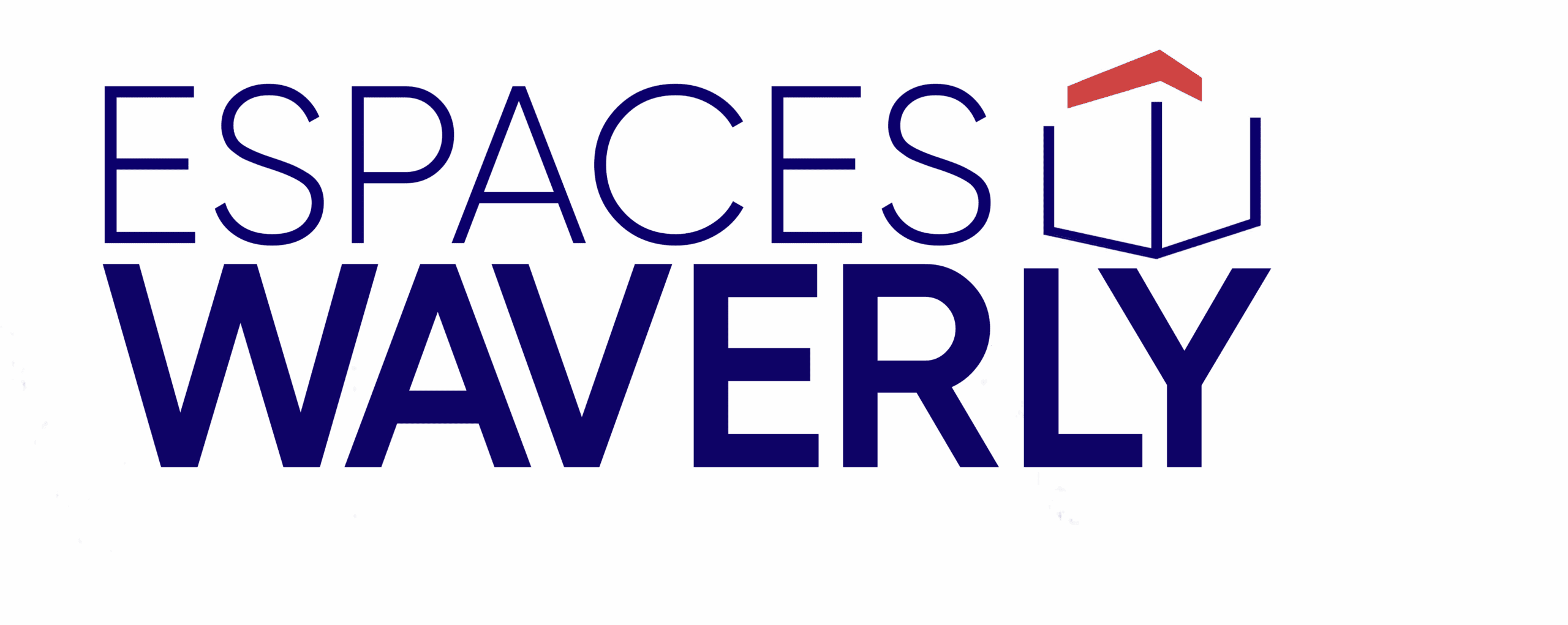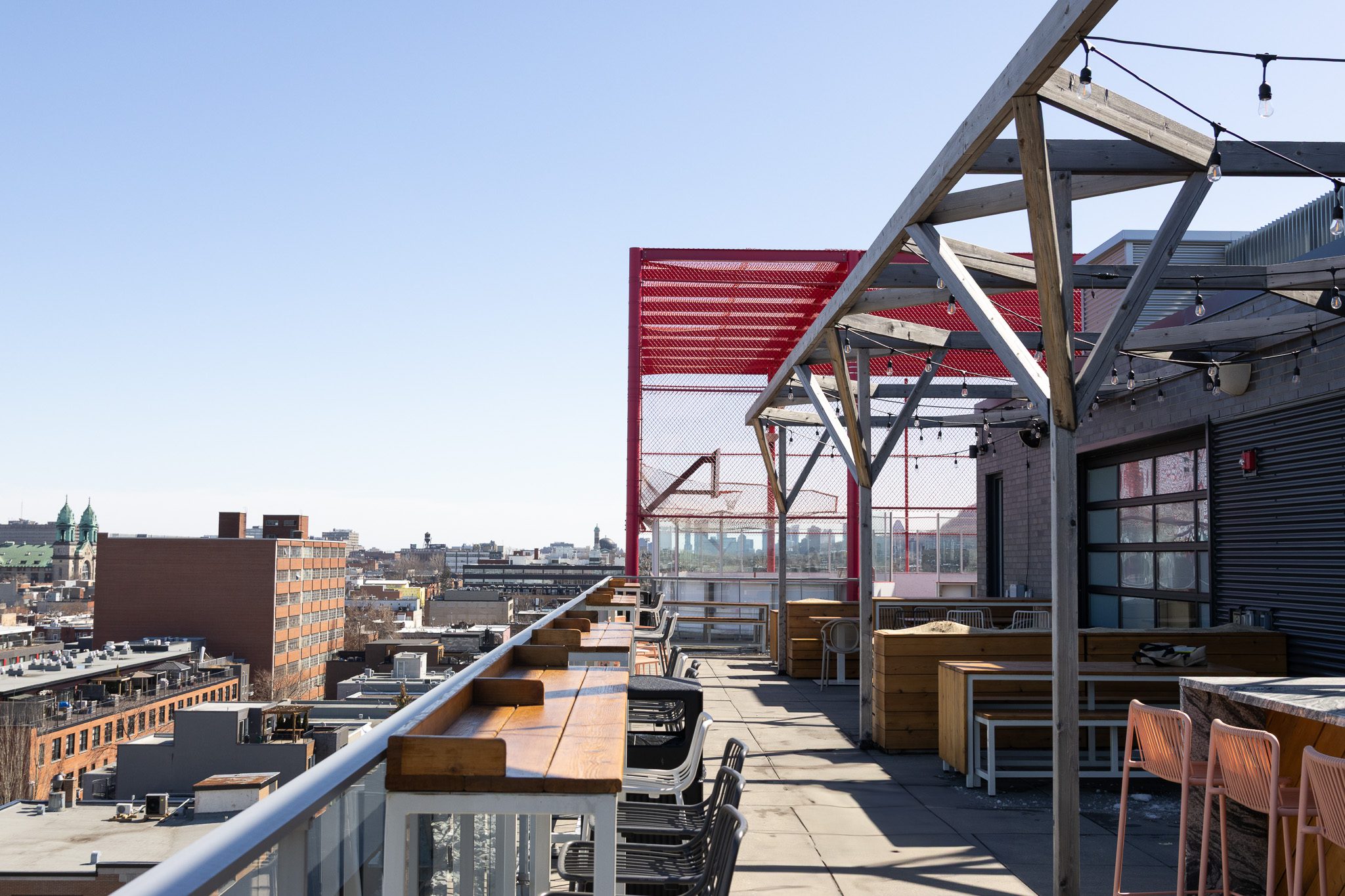In just a few years, the world of work has changed profoundly. The COVID-19 pandemic acted as a catalyst, but the transformation had already begun: companies are now rethinking their relationship with the workspace. Gone are the fixed, impersonal, permanently assigned offices. Welcome to the era of the flexible office.
More than just a passing trend, the flexible office meets new needs in terms of well-being, performance, mobility and meaning. In this article, we explore why more and more companies are turning their backs on the traditional model, the concrete benefits of this new approach, and how places like Espace Waverly embody this revolution.
1. What is a flexible office?
The flexible office refers to a modular, unassigned and often shared workspace, which adapts to the needs of teams according to projects, schedules or individual preferences. It’s a model that makes it possible to work both in the office and remotely, via coworking spaces, à la carte meeting rooms or even third places.
This type of organization is based on three pillars:
-
Spatial flexibility: the space is designed to evolve with use (open spaces, concentration zones, collaborative lounges, etc.).
-
Time flexibility: schedules are no longer rigid, and locations can be accessed according to real needs.
-
Human flexibility: everyone can choose the environment that suits them best to be productive and fulfilled.
2. The end of the traditional office: a necessary evolution
For a long time, the traditional office was seen as a guarantee of stability, control and reliability. But this model is now showing its limitations.
2.1. An often rigid and counter-productive environment
Noisy open spaces, assigned desks and fixed working hours no longer reflect the realities of the modern workplace. According to a study by Harvard Business Review, open spaces can reduce productivity by an average of 15%, mainly due to constant distractions.
📚 Source: Harvard Business Review – The Truth About Open Offices
2.2. Misalignment with talent expectations
The new generation of workers – millennials and Generation Z – aspire to more autonomy, meaning and freedom in their working environment. For these profiles, a rigid office is no longer a symbol of success, but often an obstacle to creativity.
A Deloitte study reveals that 74% of young talent prefer flexibility as a criterion for choosing an employer.
3. The concrete benefits of the flexible office
Adopting a flexible office isn’t just following a trend: it’s making a strategic choice in favor of performance, attractiveness and well-being.
3.1. Better productivity
A suitable environment enables employees to choose their working environment according to their task: concentration, creation, collaboration… This promotes efficiency without compromising quality of life.
According to a Stanford University study, teleworking and flexibility can boost productivity by up to 13%.
3.2. Lower real estate costs
With shared or on-demand spaces, companies can reduce their real estate costs by 20-30%, while offering their teams a higher quality environment.
3.3. Strengthening corporate culture
Contrary to popular belief, the flexible office doesn’t drive employees apart: it reinforces their sense of belonging, provided that the meetings are qualitative. Places like Espace Waverly can organize special events: workshops, lunches, team events…
4. The key role of spaces like Espace Waverly
In this context, hybrid design spaces such as Espace Waverly offer concrete, inspiring solutions.
4.1. A space designed for modern working
Located in the heart of Montreal’s Mile-Ex, Espace Waverly offers a bright, warm and flexible setting for entrepreneurs, creative teams and companies looking for flexibility.
They include :
-
Daily or monthly workstations
-
Fully equipped, inspiring meeting rooms
-
Communal areas for sharing
-
A friendly, stimulating atmosphere
4.2. A flexible, no-obligation solution
Espace Waverly enables companies to modulate their presence according to their real needs: teamwork one day, individual remote work the next, one-off events… All without long-term contracts, and with simplified management.
5. Flexibility ≠ chaos: how to get it right
Adopting a flexible model doesn’t mean permanent improvisation. You need to set a clear framework to make the most of it.
Here are a few best practices:
-
Co-construct rules with teams: schedules, rotation, collaborative tools.
-
Plan joint rituals (weekly meetings, team lunches, etc.).
-
Invest in adapted spaces, such as Espace Waverlyto guarantee a quality environment.
-
Regularly measure the impact of this flexibility on team performance and satisfaction.
6. The office of tomorrow: human, modular, inspiring
The world of work is not going backwards. While some still dream of “going back to the office”, the majority of conscious companies have understood that the future is hybrid. It’s no longer a question of choosing between telecommuting and being in the office, but of creating a fluid ecosystem, where space becomes a strategic lever.
With this in mind, places like Espace Waverly offer more than just an office: they offer a working experience. A place where you come because you want to, not because you have to. A place to collaborate, create, be inspired, reconnect.
Conclusion
The flexible office is much more than a logistical change: it’s a new work philosophy. It’s a way of putting freedom, trust and humanity back at the heart of the organization. Companies that embrace it today are ahead of the game in terms of employer brand, performance and resilience.
If you’re looking for a place that embodies this vision, Espace Waverly is the ideal gateway to this new era of work. Modular, warm and perfectly adapted to the demands of the modern professional world, it’s the ideal place to build the office of tomorrow.


